An effective oil spill kit is essential for managing spills and preventing environmental damage. Key components...
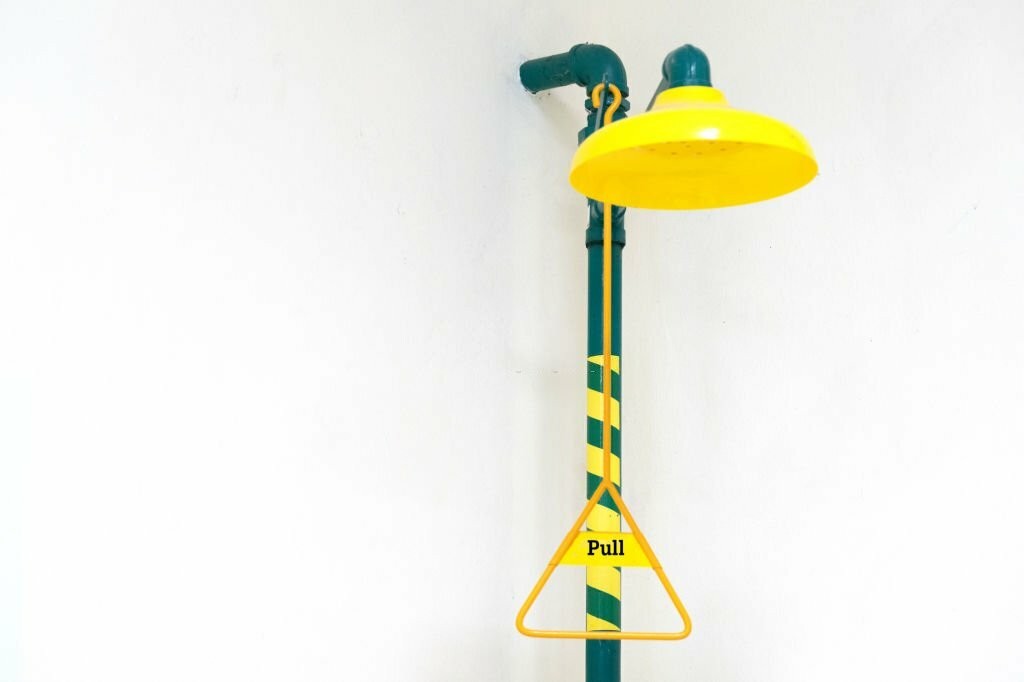
How Often Should a Safety Shower Be Tested and Maintained?
In workplaces where hazardous chemicals and materials are handled, safety is important. Safety showers are critical emergency equipment designed to reduce the impact of chemical exposure incidents. To ensure their reliability, it is crucial to regularly test and maintain these life-saving devices.
The Importance of Regular Testing and Maintenance
Safety showers are intended to provide immediate relief to individuals who have come into contact with hazardous chemicals. The effectiveness of these showers depends on their functionality, and that relies on consistent testing and maintenance. Failing to perform these tasks can lead to several serious consequences.
A malfunctioning safety shower can lead to insufficient water flow or improper temperature, potentially worsening the harm from chemical exposure. Numerous workplace safety rules and recommendations enforce routine safety shower inspections and upkeep. Failure to adhere to these standards can result in financial penalties and legal obligations. Prioritising employee welfare is a top priority, and maintaining safety showers regularly signifies a dedication to safeguarding workers, cultivating a culture of security and assurance.
Frequency of Testing and Maintenance
The frequency of testing and maintenance for safety showers can vary depending on factors such as the type of shower, its usage, and the specific industry or regulations. However, there are some general guidelines that can help you establish an effective maintenance schedule.
Weekly Visual Inspection:
- Start with a visual inspection of the safety shower every week. Check for obvious issues like leaks, obstructions, or damaged components.
- Ensure that the shower is clearly marked and accessible.
Monthly Functional Testing:
- Perform a functional test of the safety shower once a month. This involves activating the shower to check if water flows immediately and continuously.
- Verify that the water temperature is within the recommended range, usually between 60°F (16°C) and 100°F (38°C).
- Test any additional features, such as eyewash and face wash stations, if present.
Annual Comprehensive Inspection:
- Schedule an annual inspection by a qualified professional or an in-house maintenance team. This inspection should involve a thorough examination of all components, including valves, plumbing, and drainage systems.
- Ensure that any worn or damaged parts are replaced promptly.
Regular Maintenance:
- Beyond visual inspections and functional tests, safety showers may require maintenance as issues arise. This could include repairing leaks, replacing valves, or addressing any other issues identified during inspections.
Documentation:
- Maintain detailed records of all inspections, tests, and maintenance activities. Proper documentation is crucial for compliance and accountability.
Environmental Considerations:
- In some environments where extreme temperatures or harsh conditions are common, more frequent testing and maintenance may be necessary to account for accelerated wear and tear.
The safety of employees working with hazardous materials hinges on the proper functioning of safety showers. Regular testing and maintenance are not just best practices; they are legal requirements. By adhering to a well-defined schedule of inspections and maintenance, you can ensure that safety showers are always ready to respond effectively in the event of a chemical exposure incident. This proactive approach not only protects the health and safety of your workforce but also demonstrates your commitment to a culture of safety and compliance in your workplace.


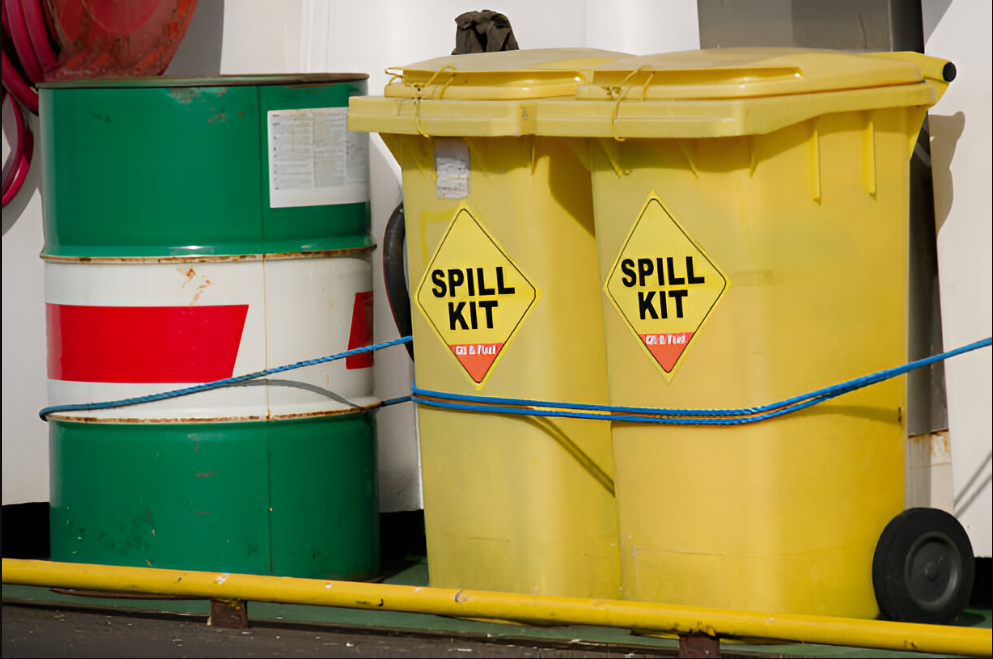
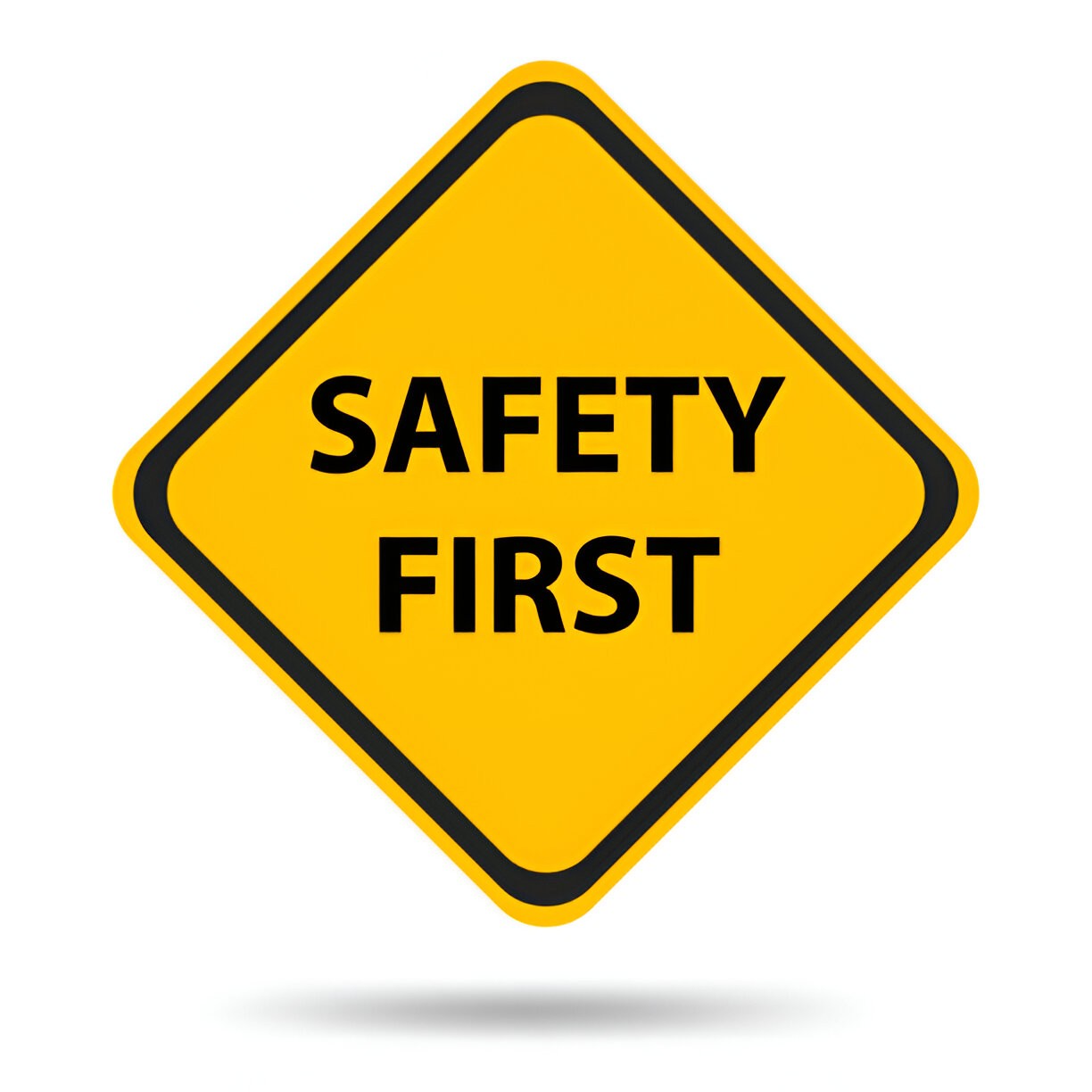

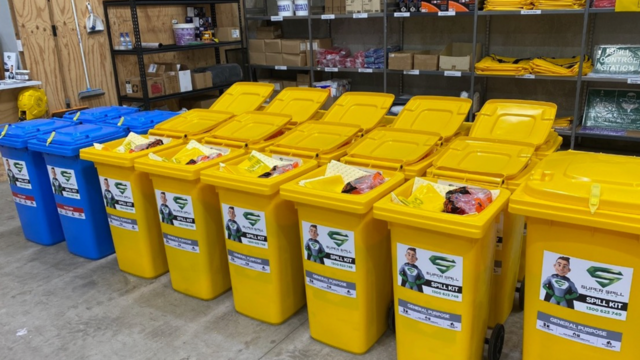
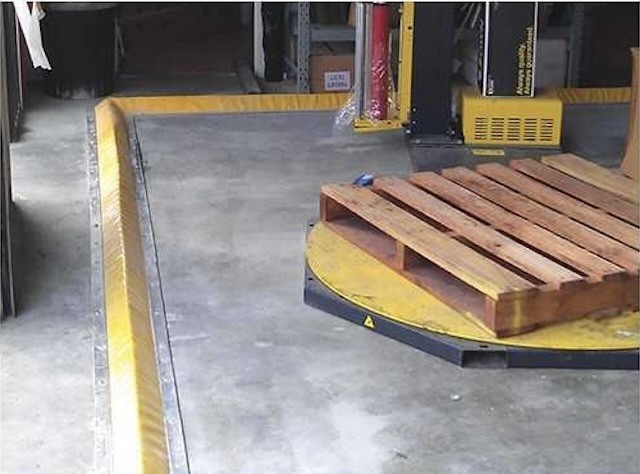
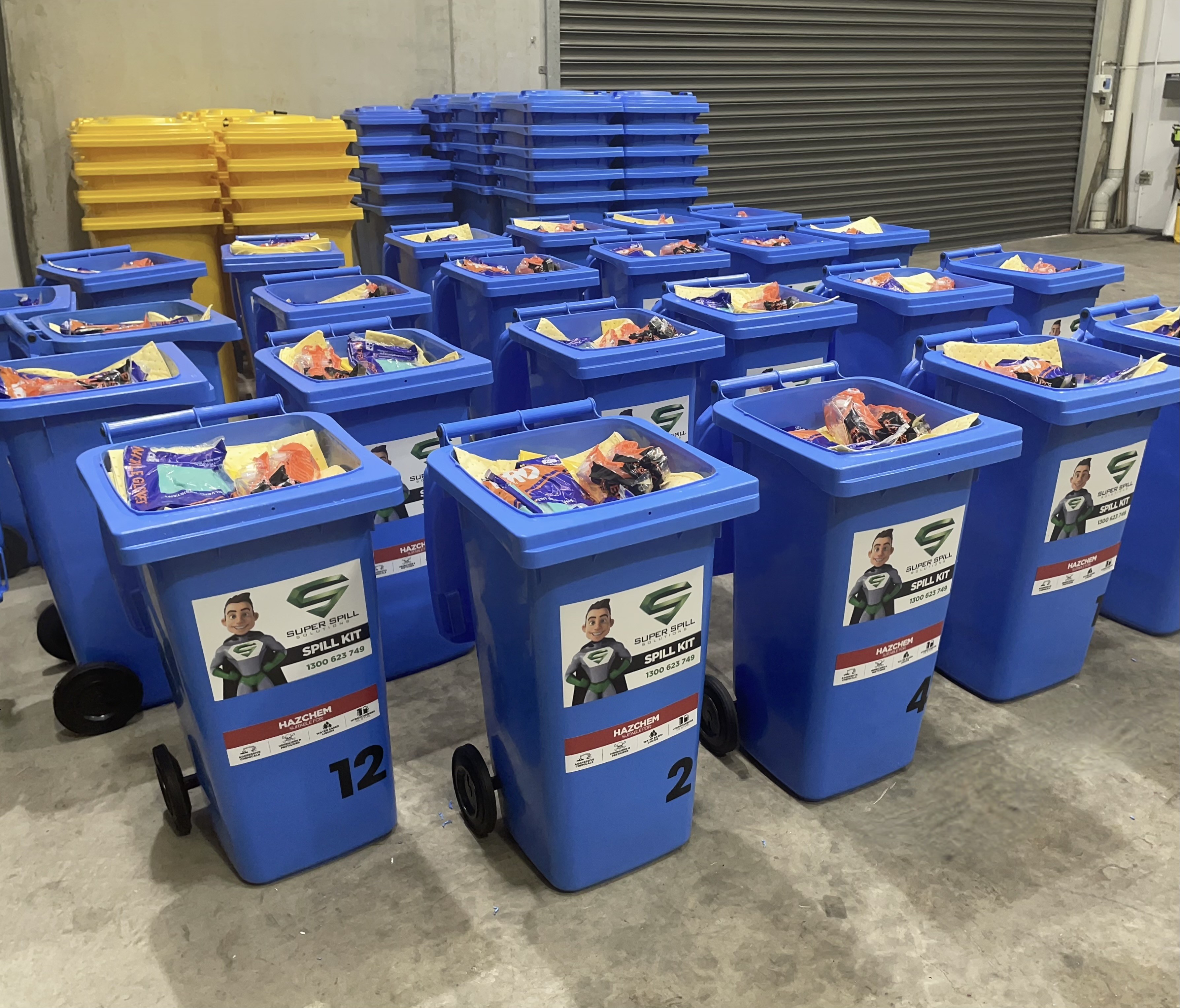
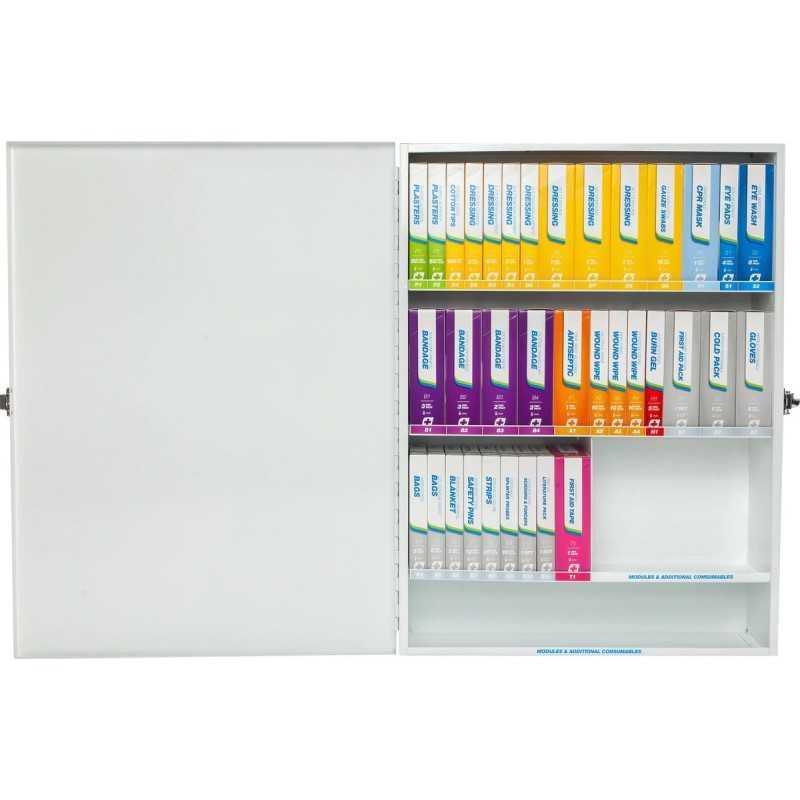
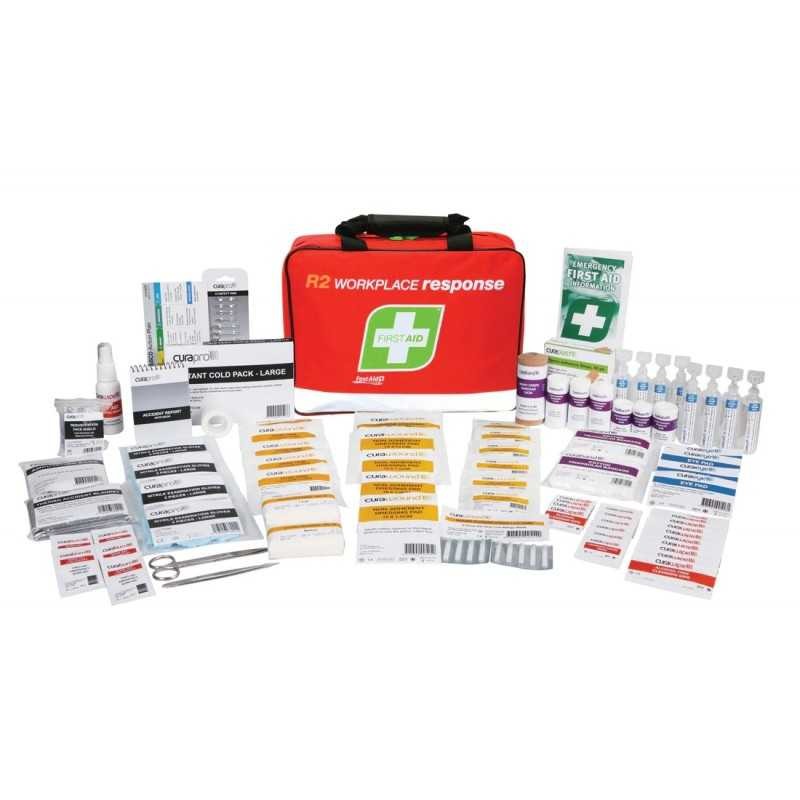

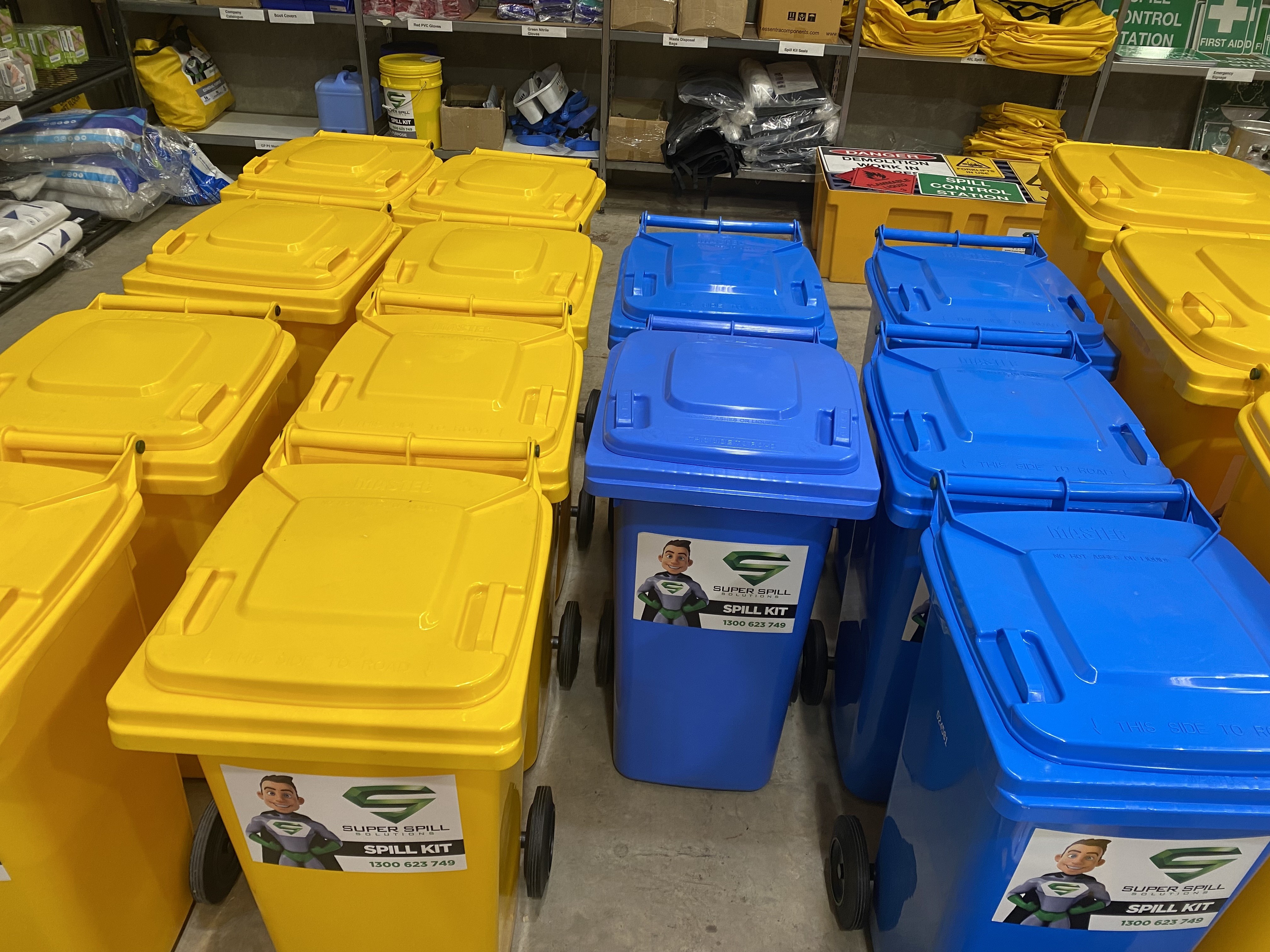
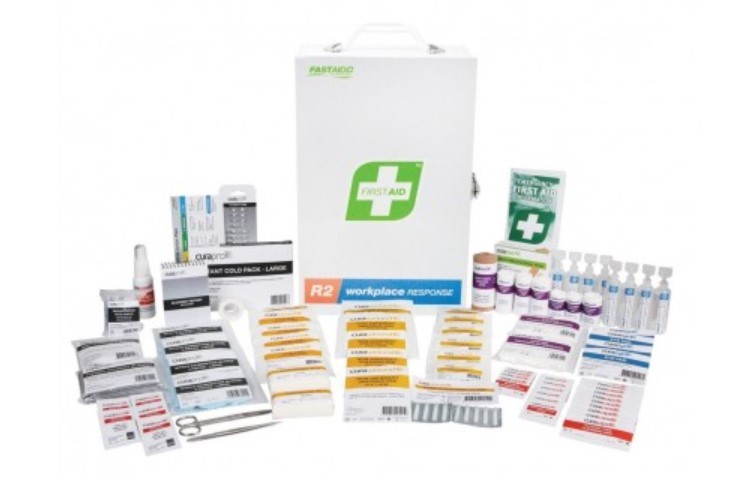
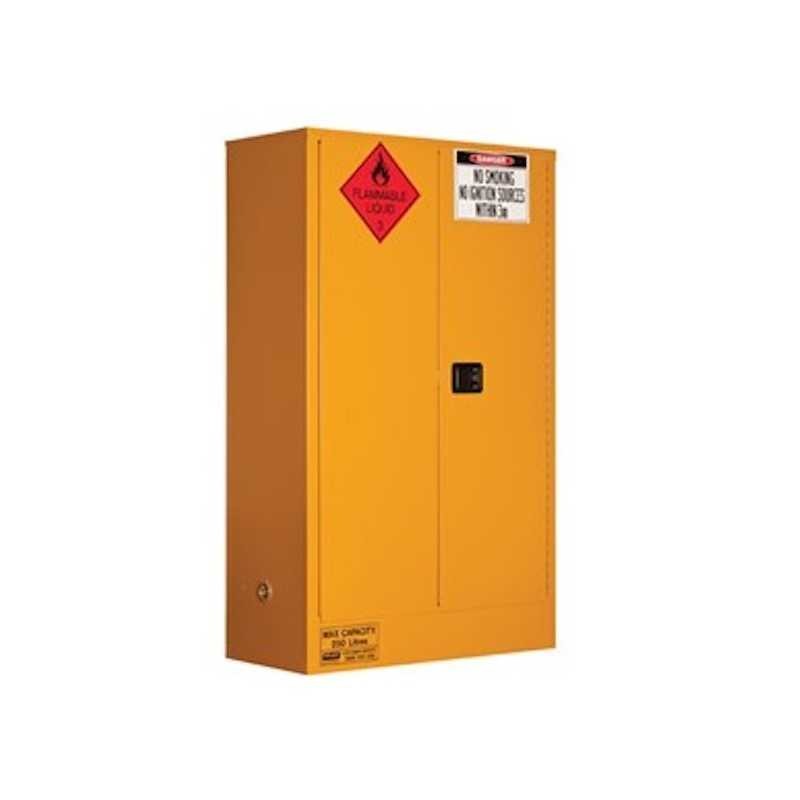
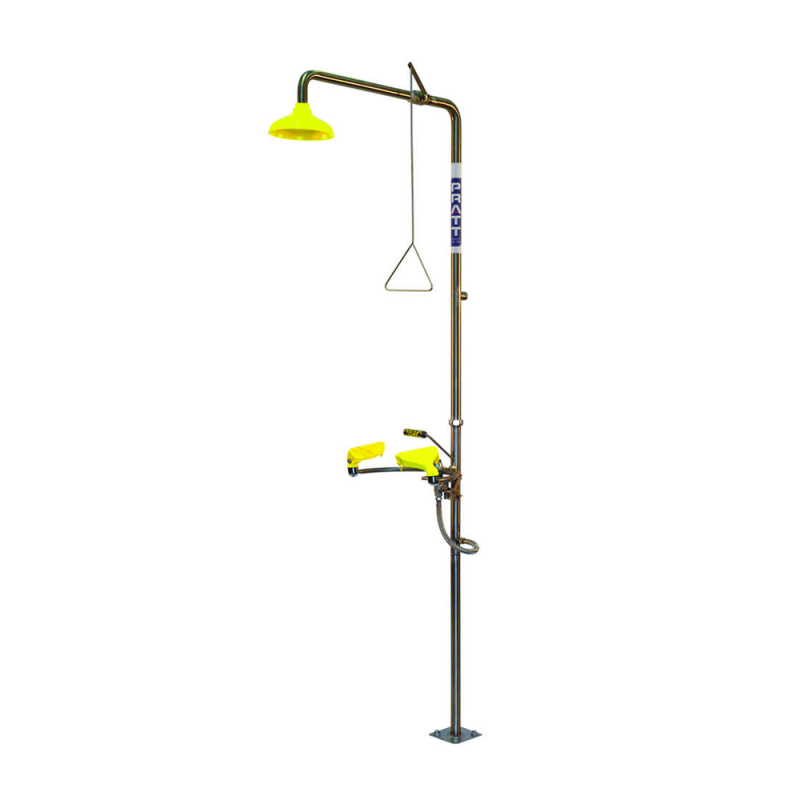
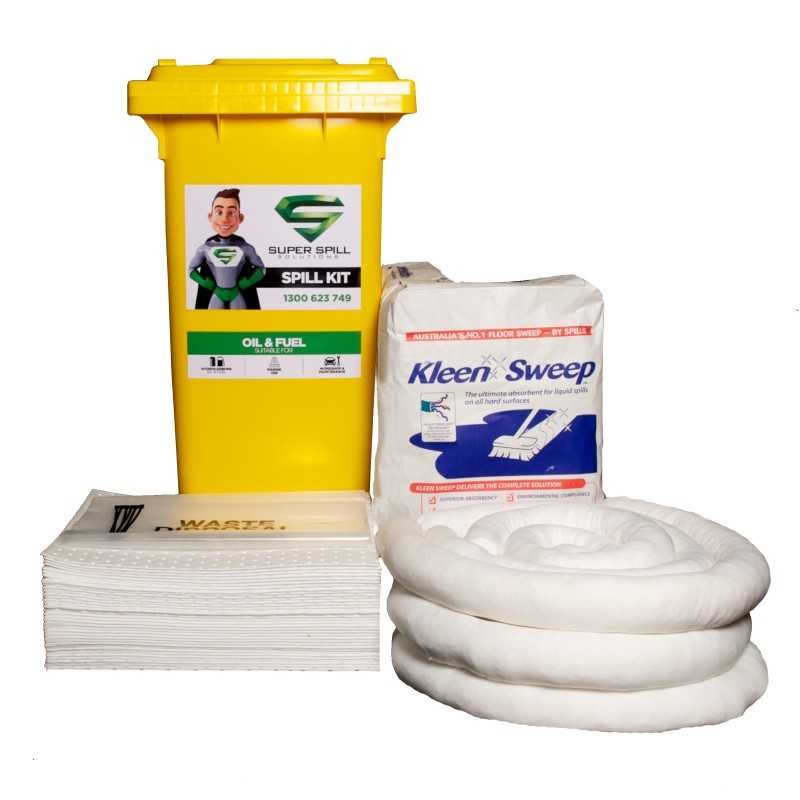
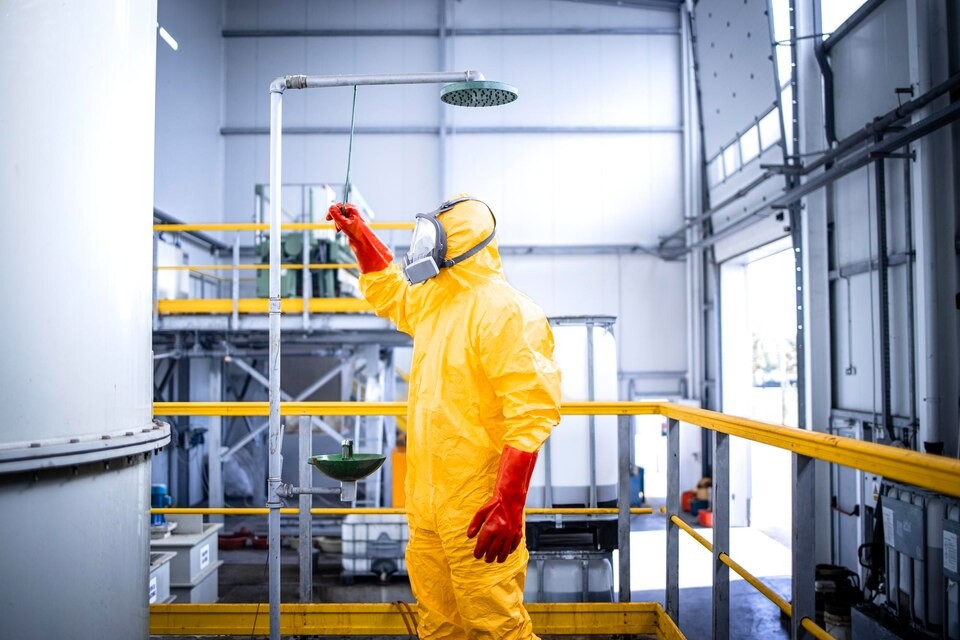
Leave a comment